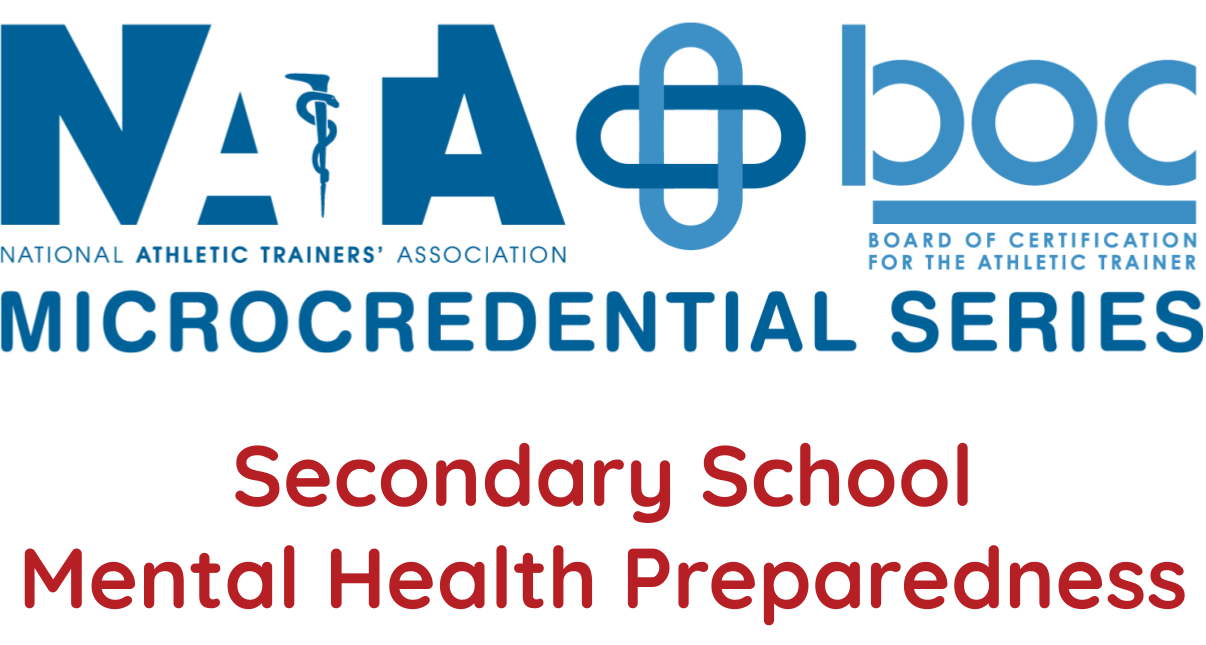
Debunking Exertional Heat Stroke Myths to Help ATs Implement Best Practices
-
Register
- Non-member - $37.50
- Member - Free!
- Student - Free!
- Staff - Free!
- Certified Student - Free!
- Retired - $22.50
Abstract:
Exertional heat stroke (EHS) is a medical emergency diagnosed when body core temperature is >40.5°C (105°F) and central nervous system dysfunction is displayed. The possibility of neurologic deterioration, organ failure, and death increases the longer body temperature remains above 40.5°C. The immediate treatment priority is to lower body core temperature as rapidly as possible--preferably within the first 30 minutes of collapse using cold-water immersion. While the above points are generally accepted, many myths and misconceptions remain about the best way to implement EHS best practices. This presentation will focus on several of these misconceptions and discuss the recent literature that debunks them so that clinicians can implement best practice for this life-threatening condition.
Learning Objectives:
- Defend the use of rectal thermometry to diagnose exertional heat stroke.
- Explain why using just clinical signs and symptoms to diagnose exertional heat stroke can lead to poor clinical outcomes.
- Explore examples of cooling strategies that are consistent with excellent patient outcomes.
Level:
Essential
Domain(s):
Domain 2: Assessment Evaluation and Diagnosis
Domain 3: Critical Incident Management
CEUs:
1.5 Category A
Keywords: external heat stroke, heat illness, rectal temperature, cold water immersion, tarp assisted cooling, body bag cooling
Enhanced Access On-Demand Course Expiration:
Access to this course will expire at the end of the membership year on December 31 at 11:59 p.m. CST.
For full details, refer to the Expiration Date Policy on our FAQ page.
Kevin Miller, PhD, AT, ATC
Dr. Kevin Miller is a Professor and Athletic Trainer in the Athletic Training Program at Texas State University. His research interests include the causes, treatments, and prevention of exertional heat illness with a specific emphasis on exercise-associated muscle cramping and exertional heat stroke in American football players.
He has published over 65 peer-reviewed manuscripts in medical journals and presented over 100 international, national, or regional presentations on topics related to heat illness. He has Chaired and co-authored several national and international position statements including the 2021 NATA Roundtable on the Prehospital Care of Exertional Heatstroke, the 2015 NATA Position Statement on Exertional Heat Illness; the Statement of the Third International Exercise-Associated Hyponatremia Consensus Development Conference; and the NATA round table on Malignant Hyperthermia in Physically-Active Populations.
He was the recipient of the 2019 MATS Distinguished Athletic Trainer Award, the 2022 GLATA Outstanding Educator Award, and the 2022 NATA Professional Development Excellence Award. Stories about his research have appeared in the New York Times, Men’s Health Journal, the BBC, and National Geographic, to name a few.
He is a member of the Korey Stringer Institute’s Medical and Science Advisory Board; an Associate Editor for the Journal of Athletic Training; a member of the Editorial Boards for the Journal of Athletic Training; Exercise Physiology; Sport and Exercise Nutrition; and Athletic Training and Sports Health Care; and member of the NATA’s Convention Program Committee.

